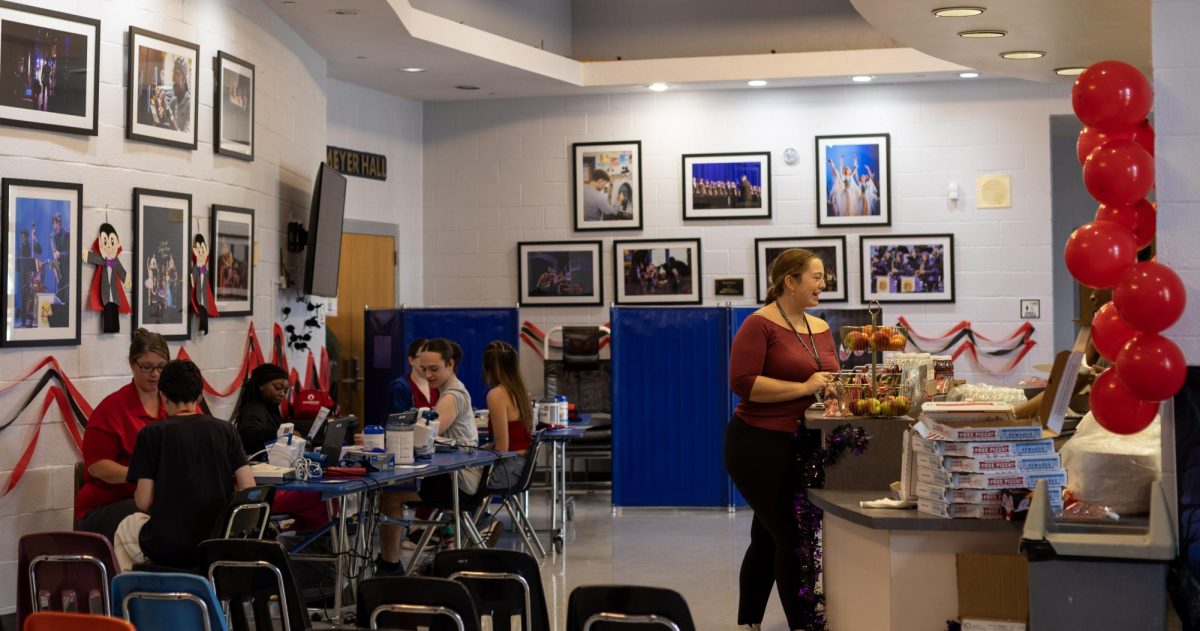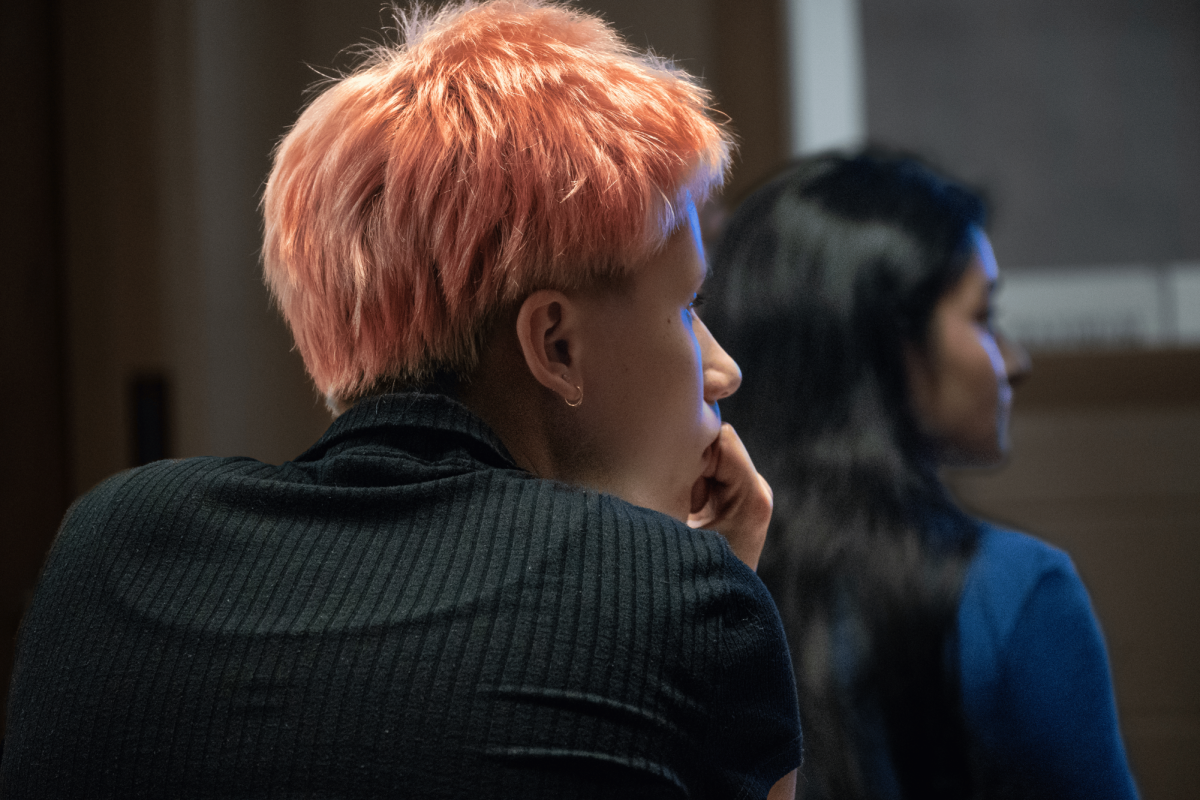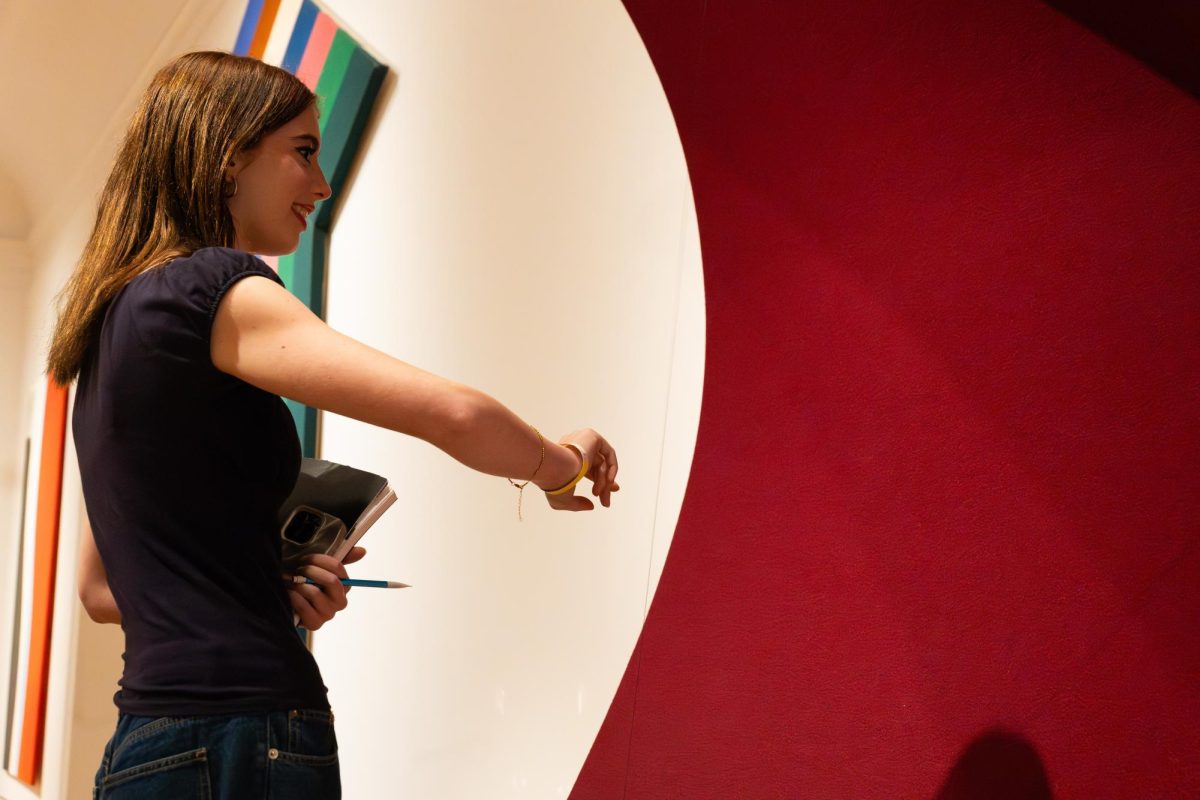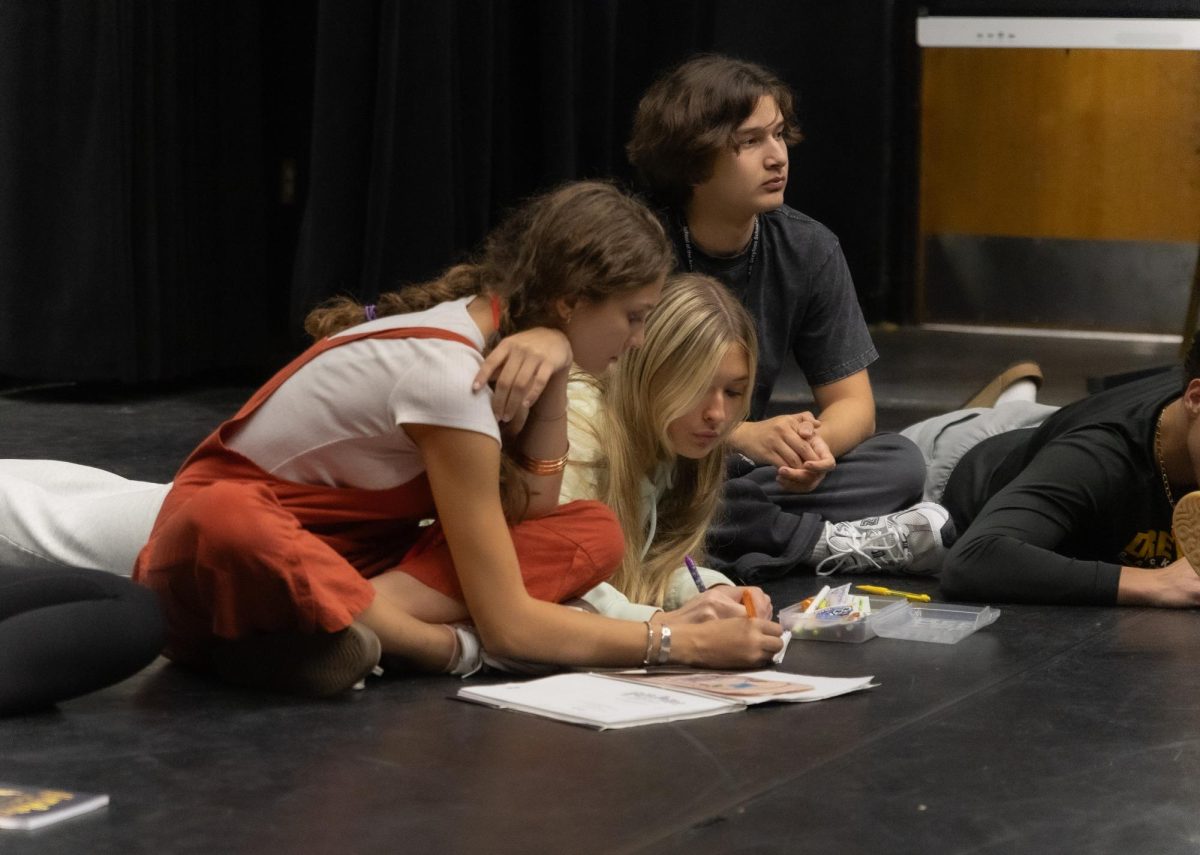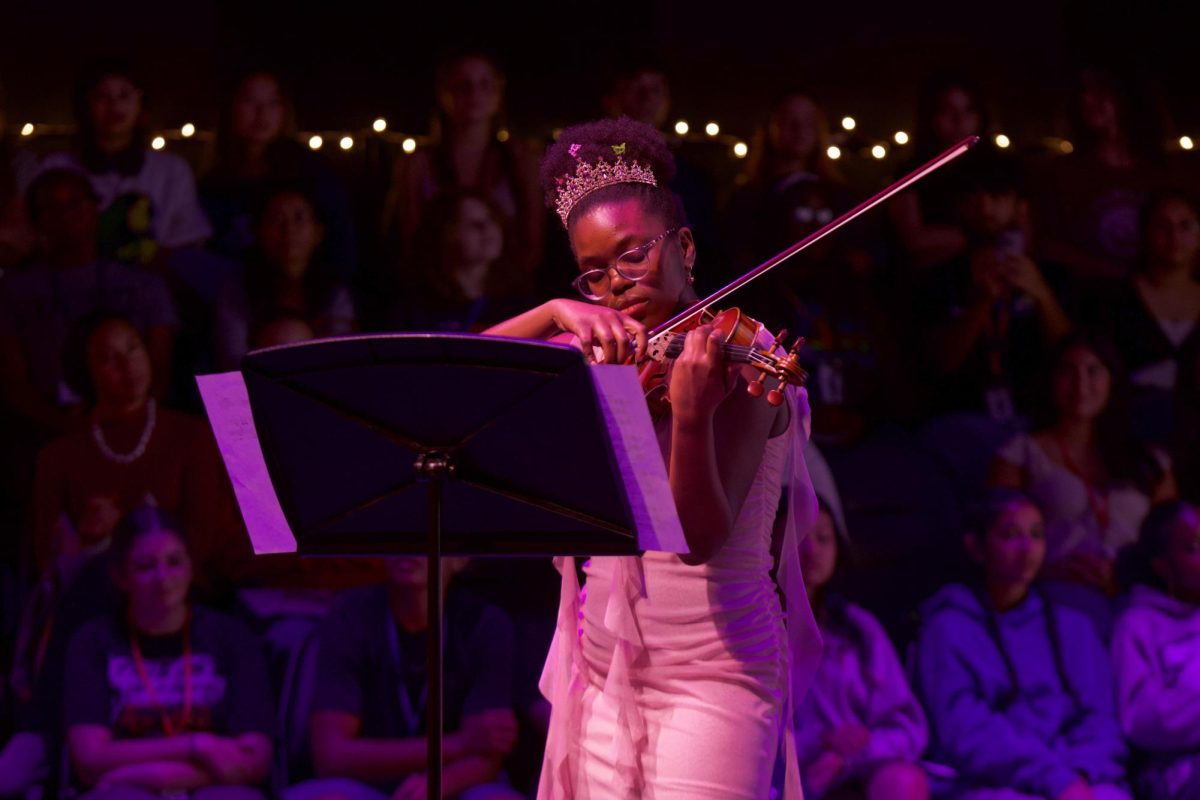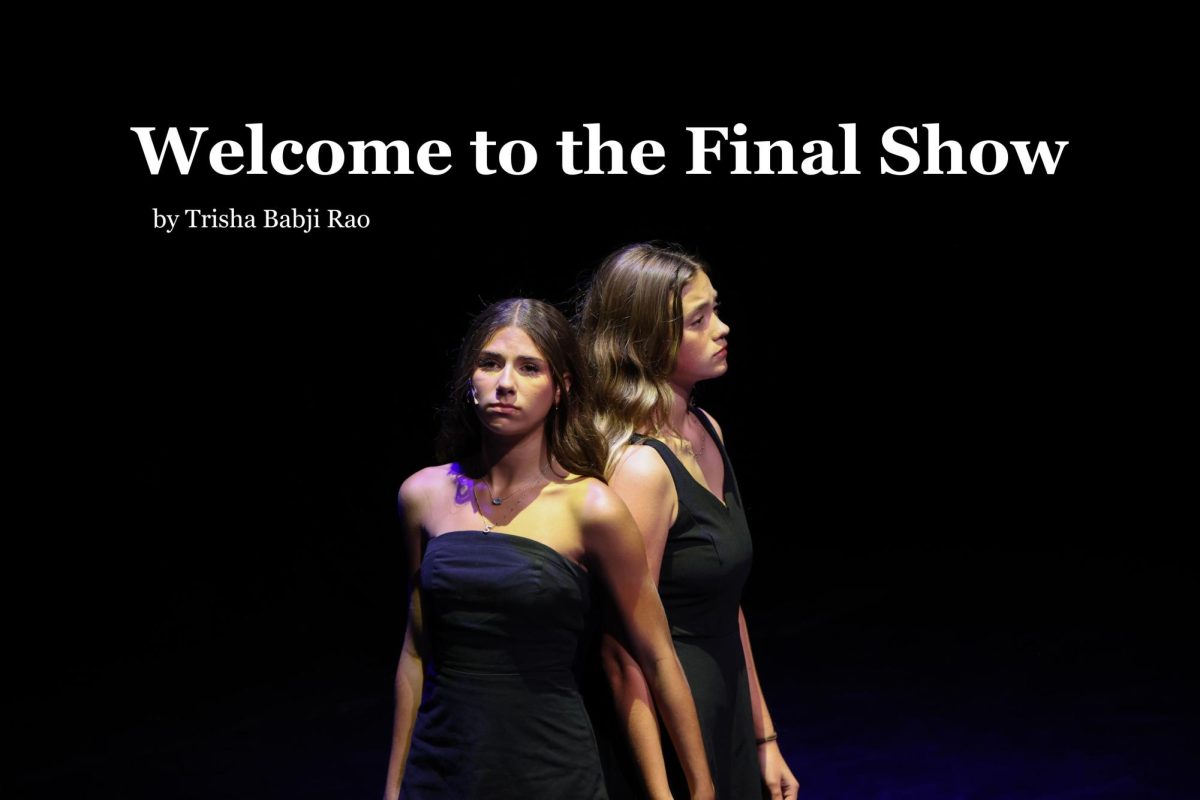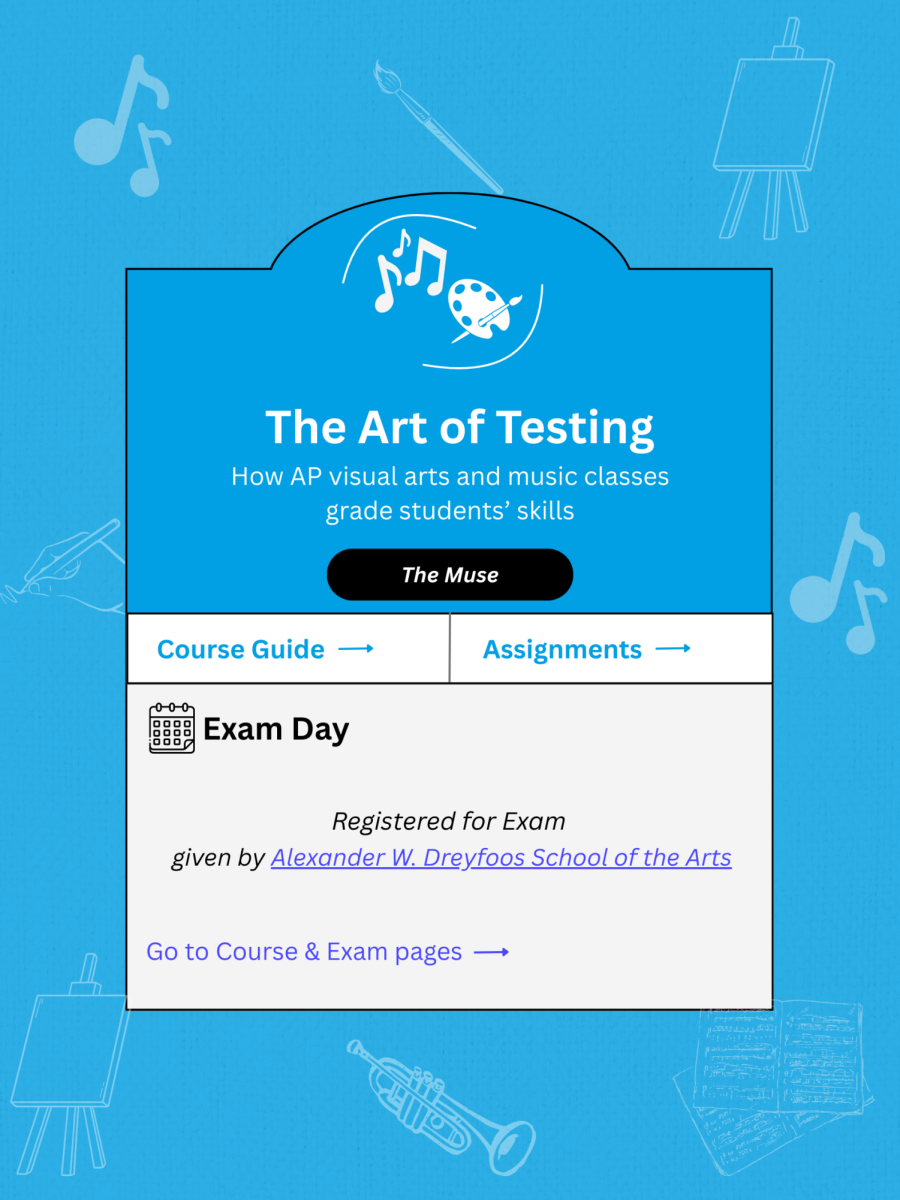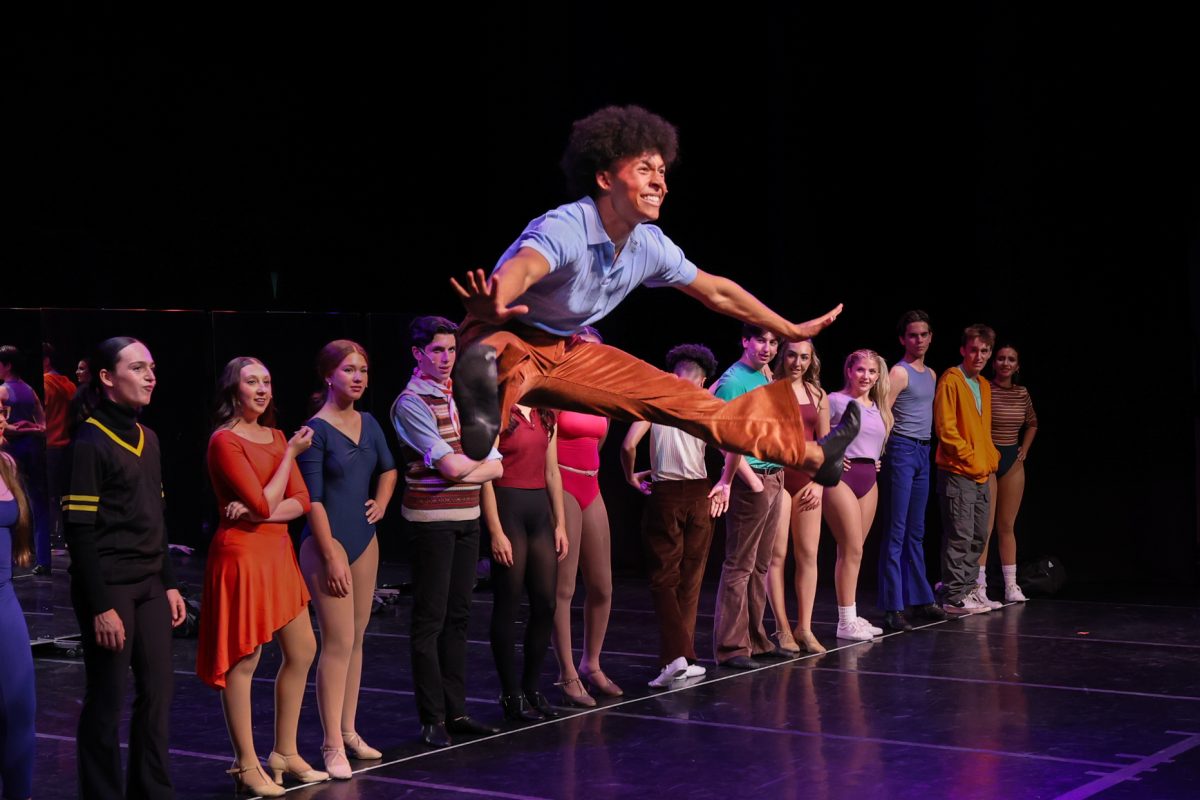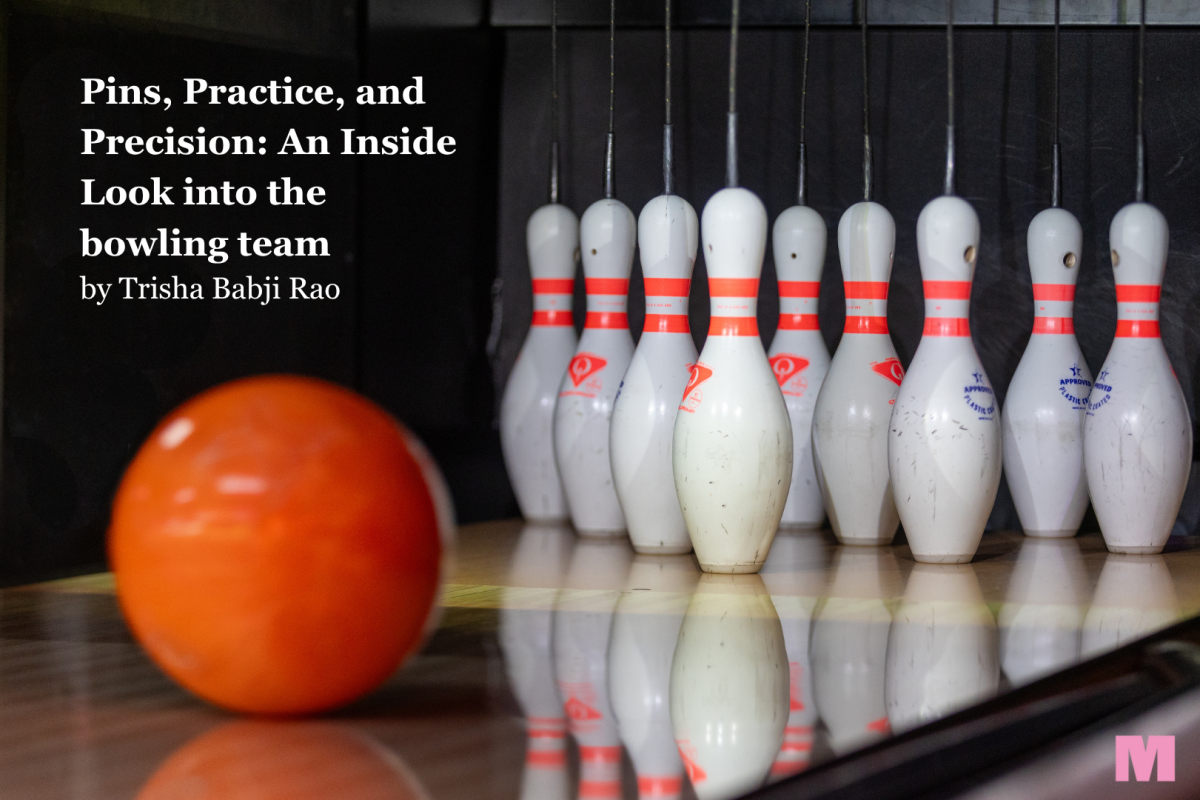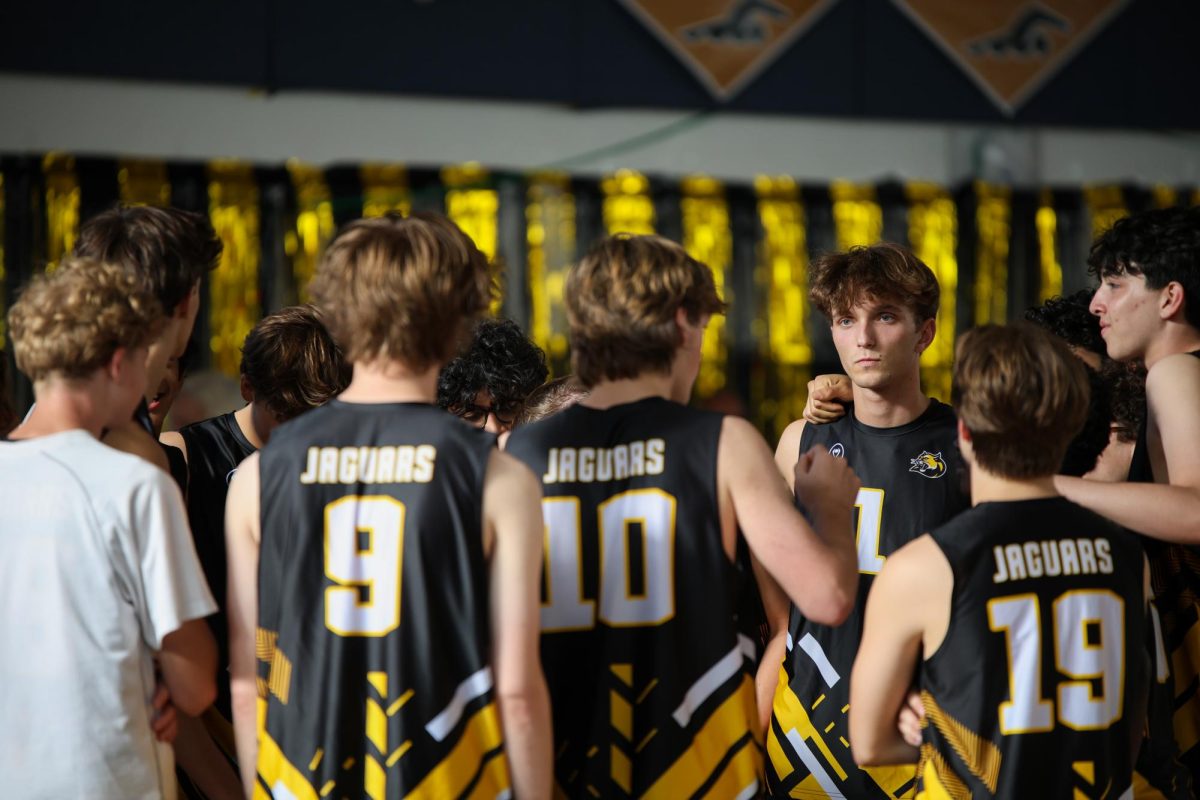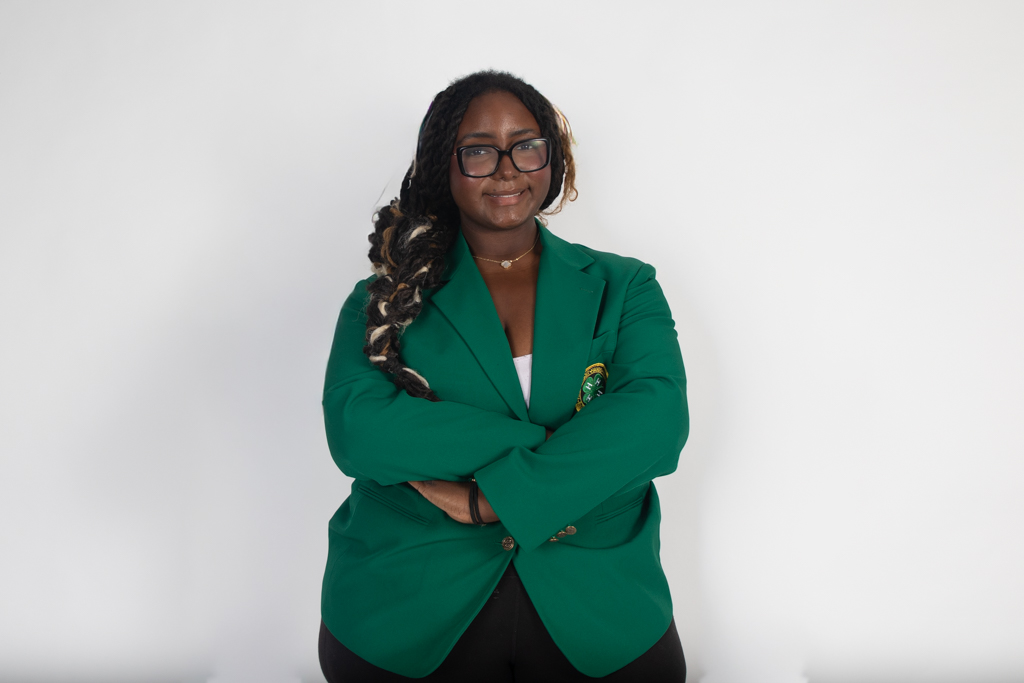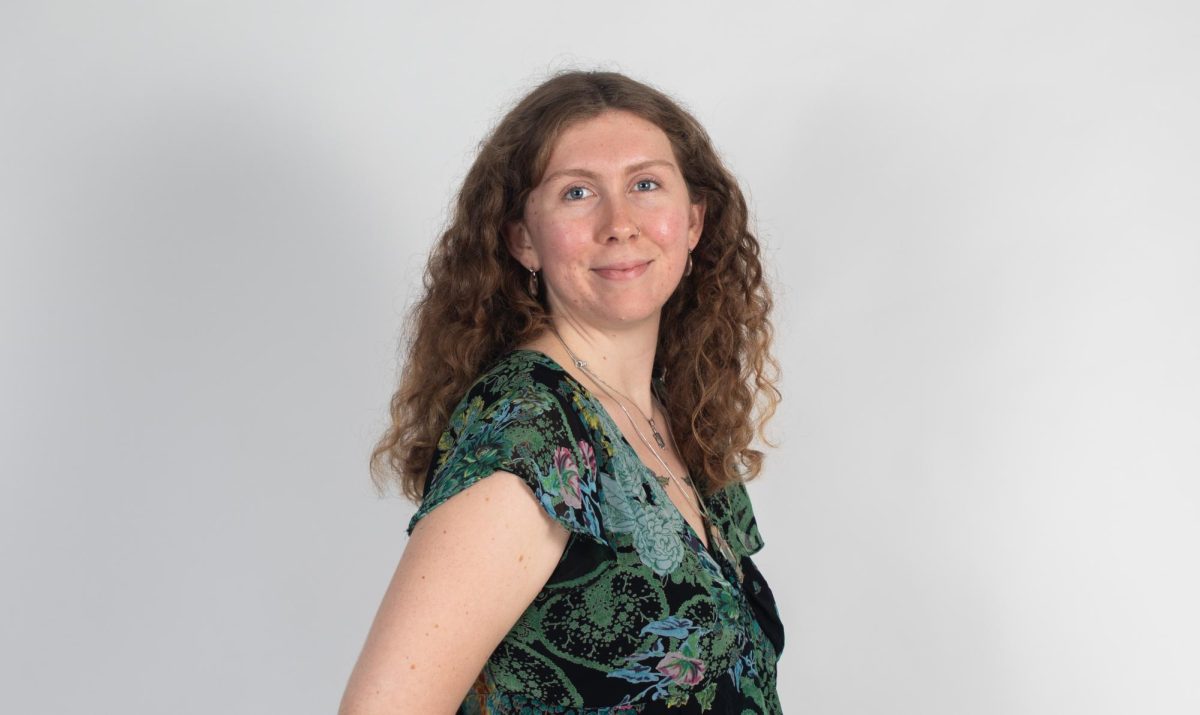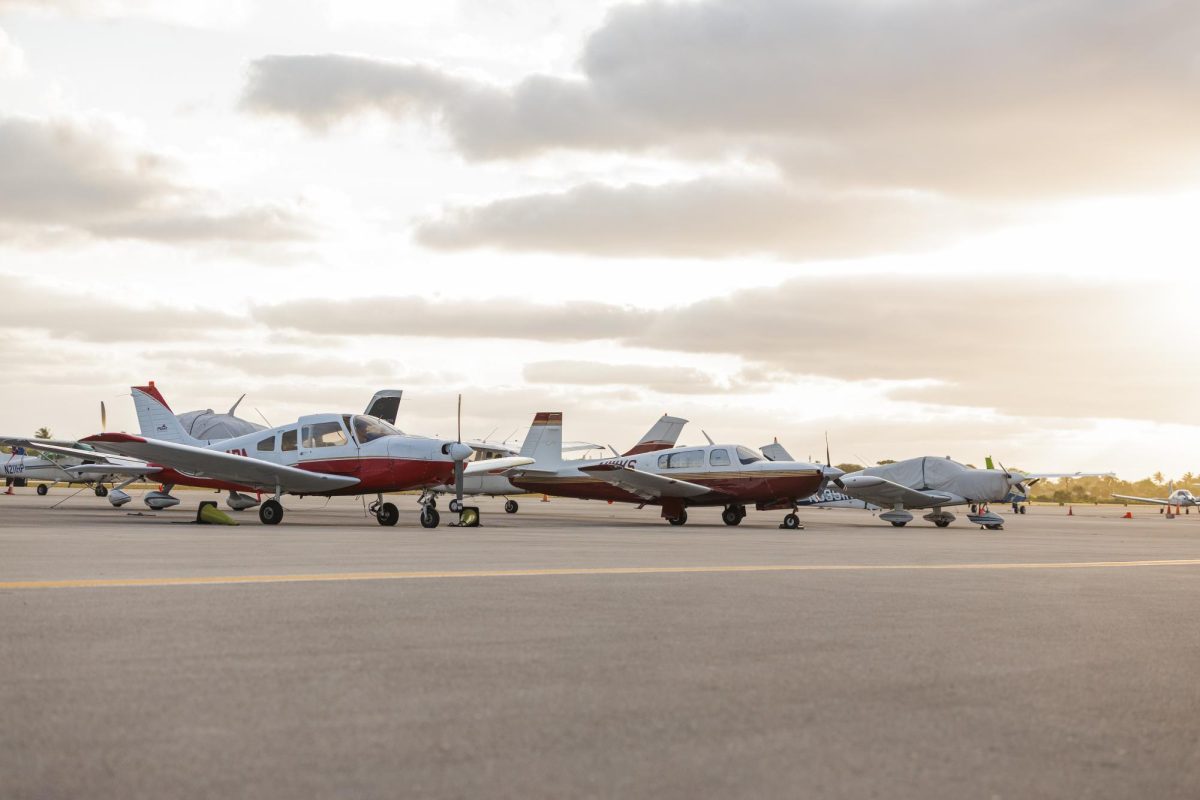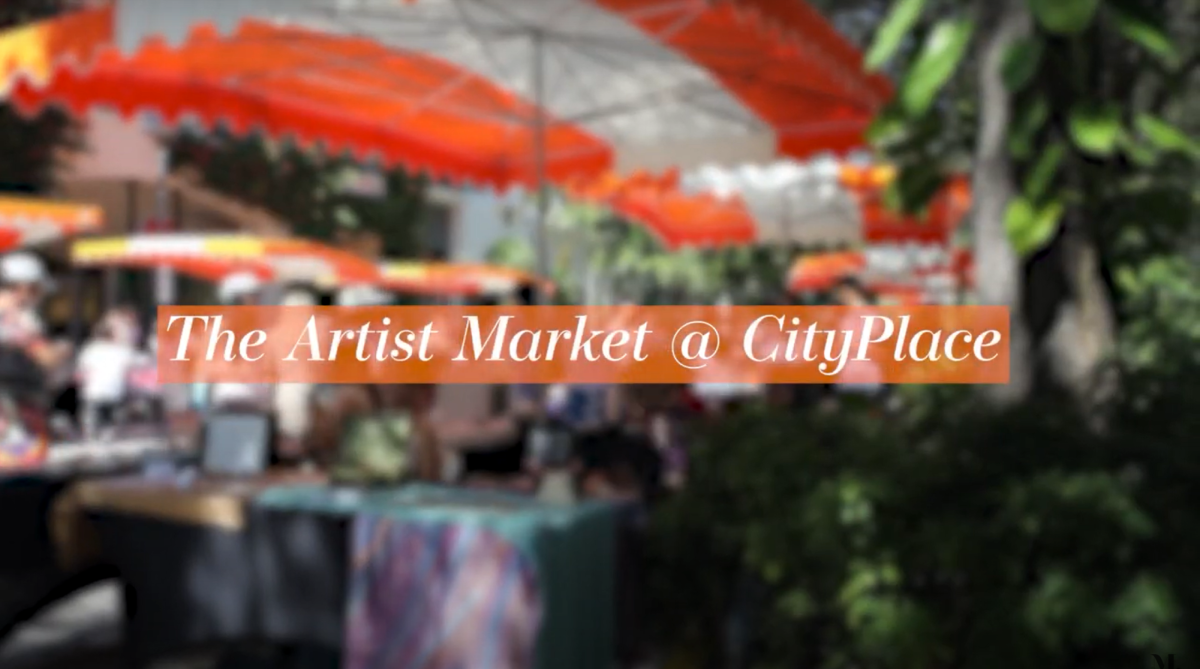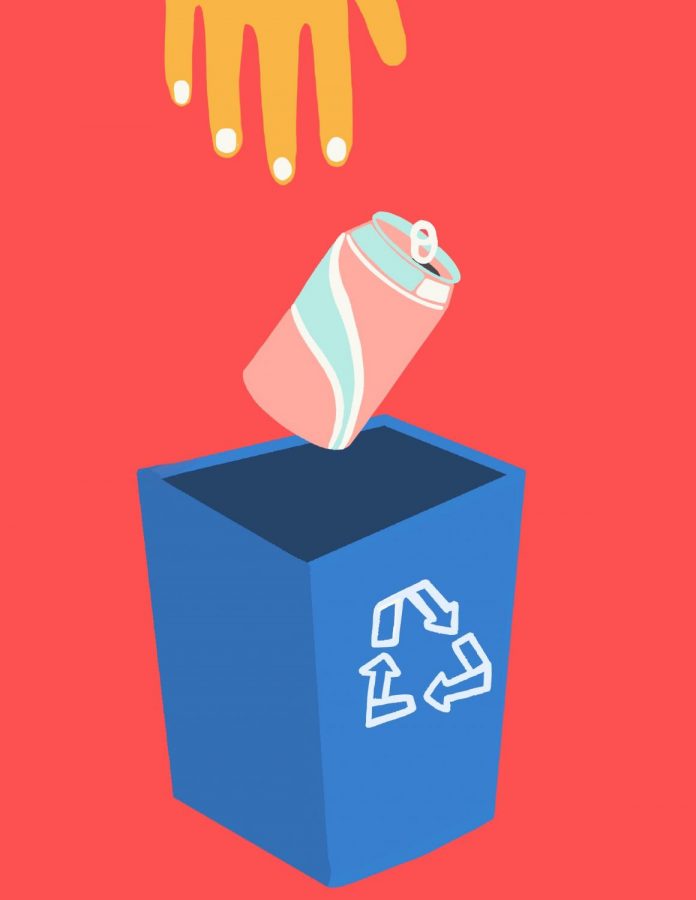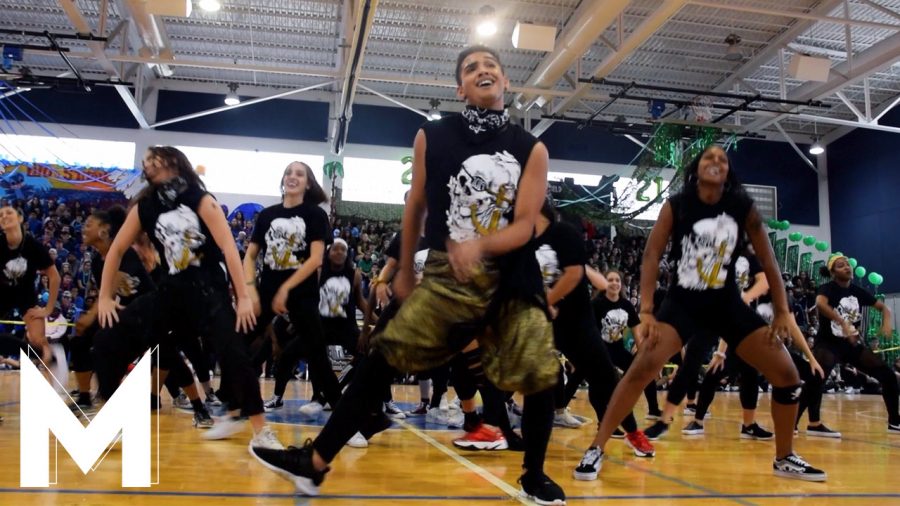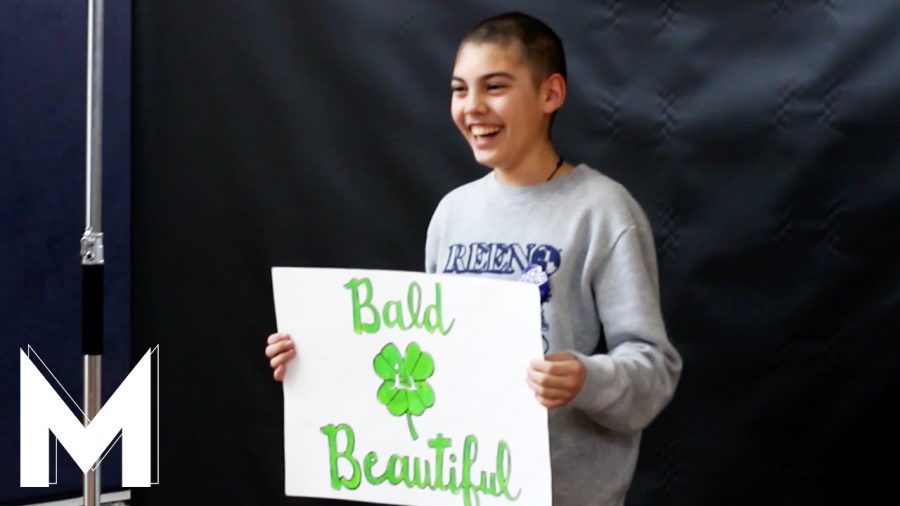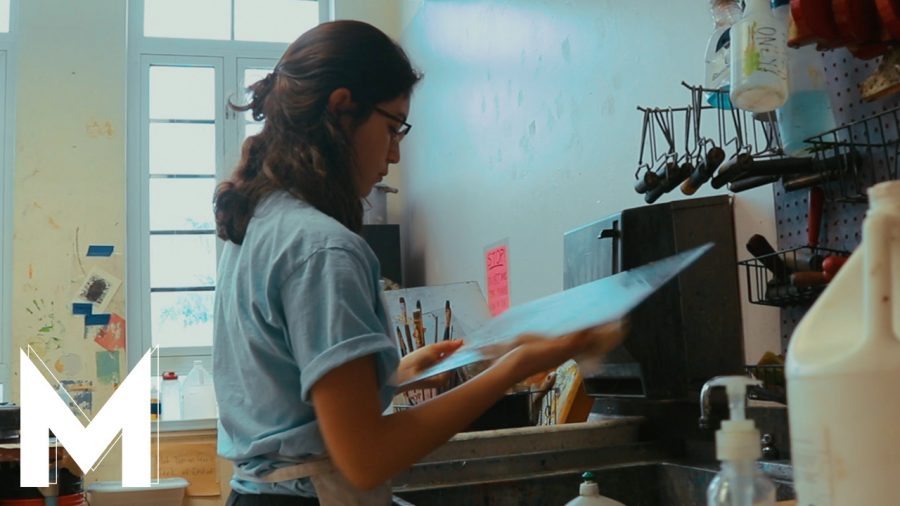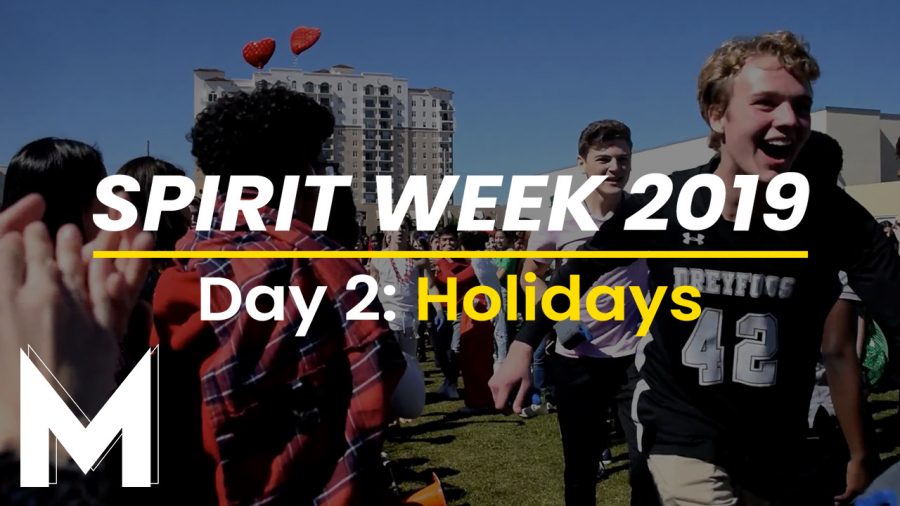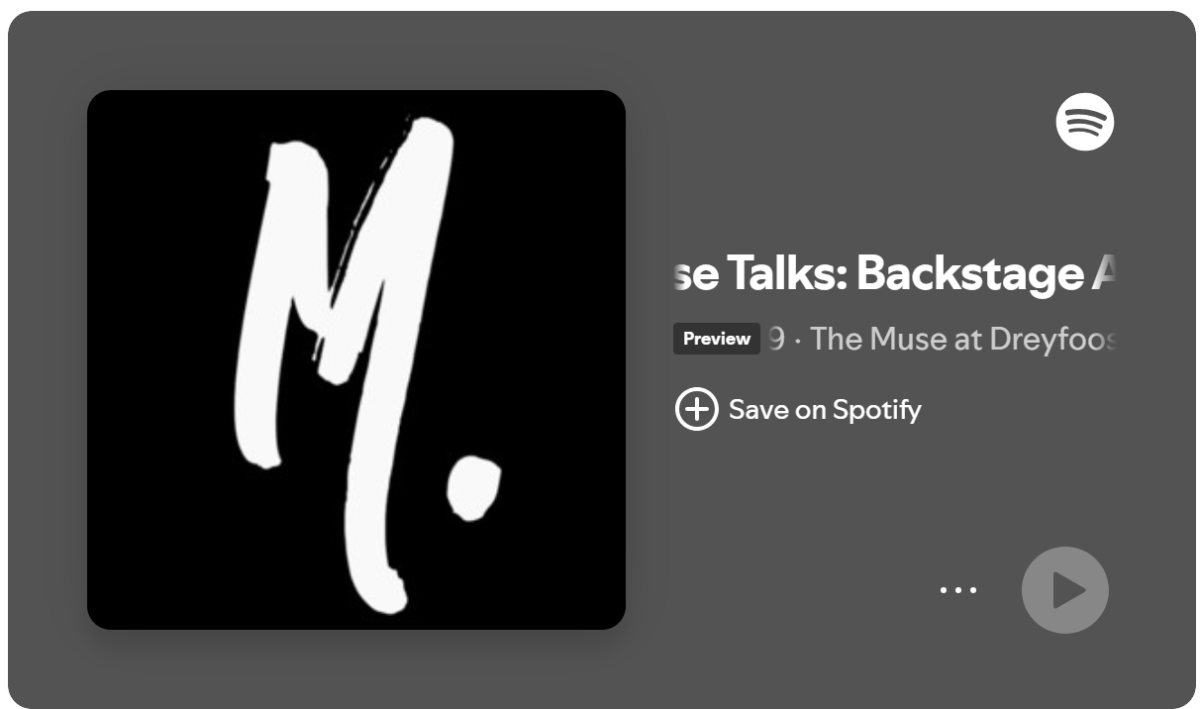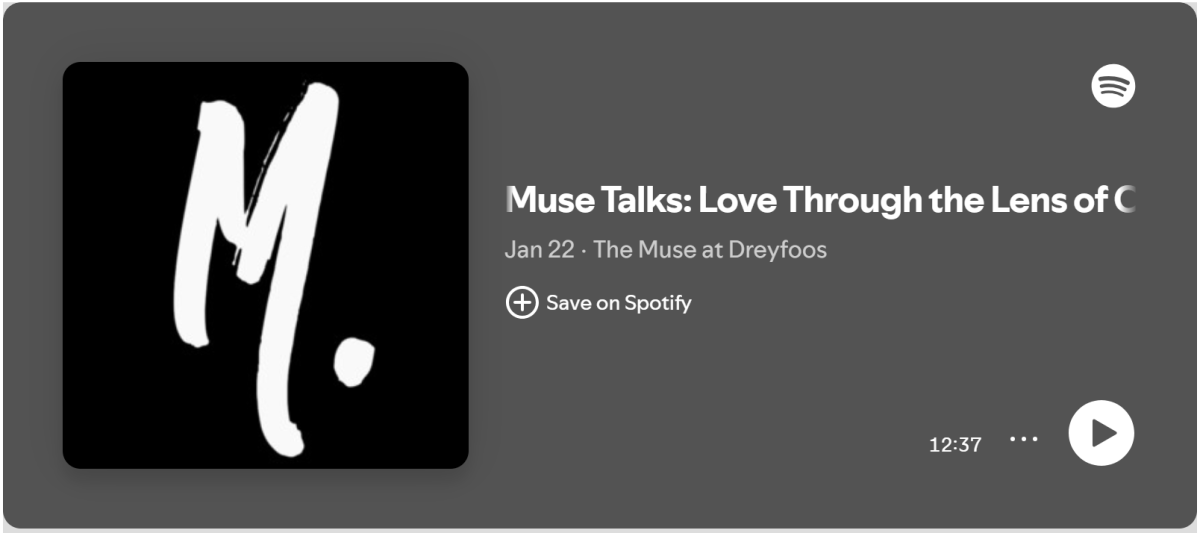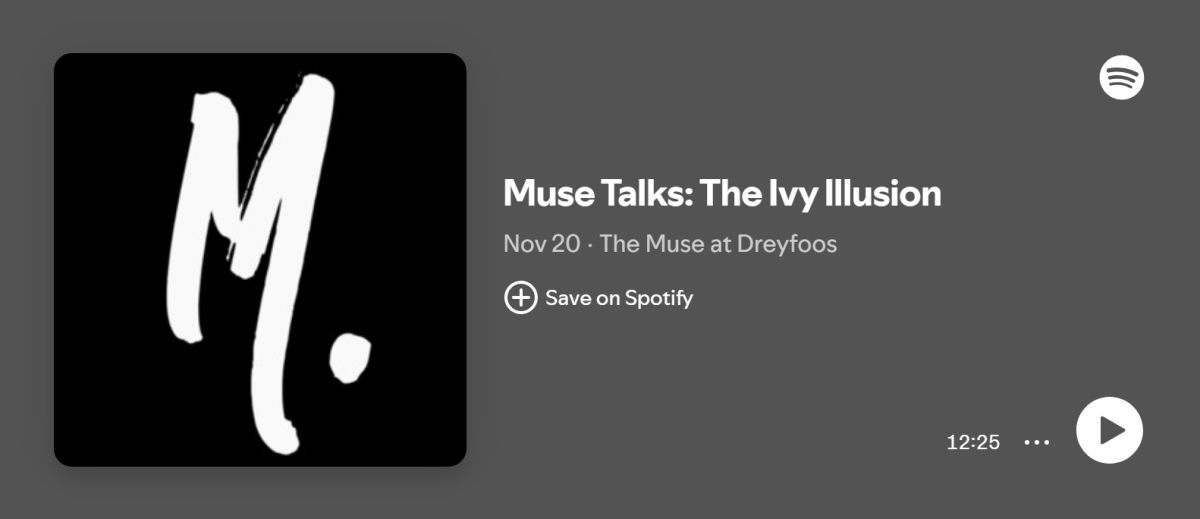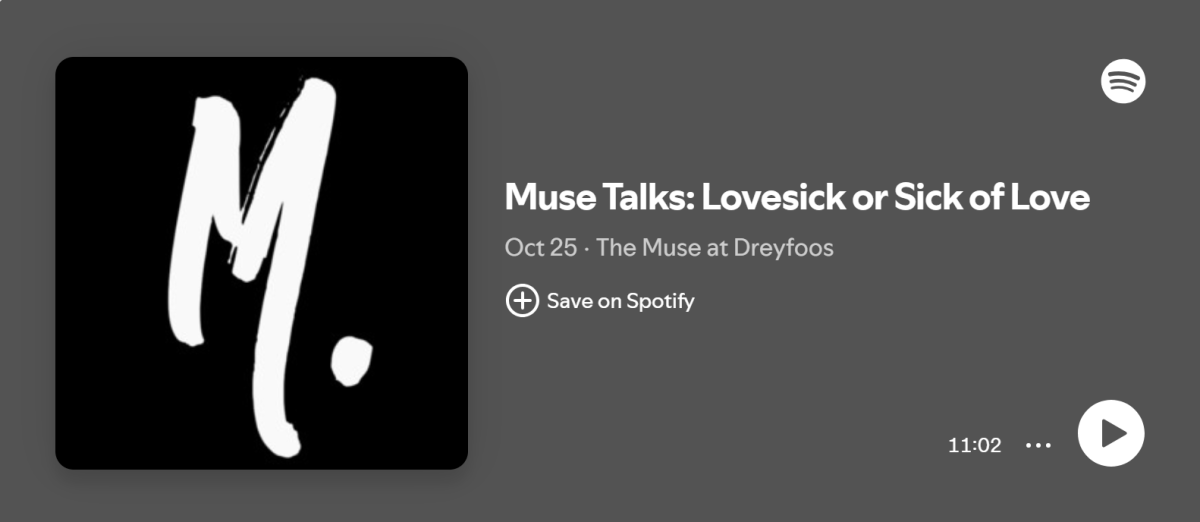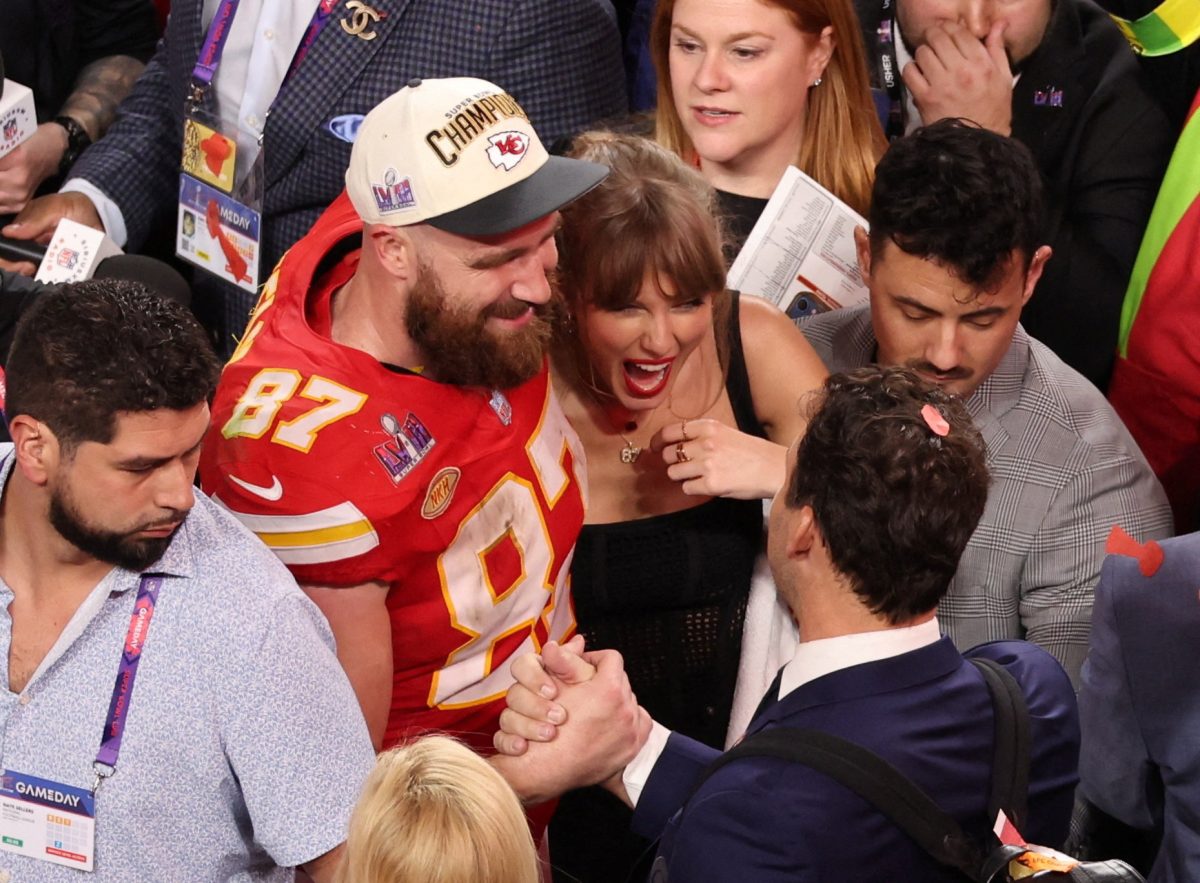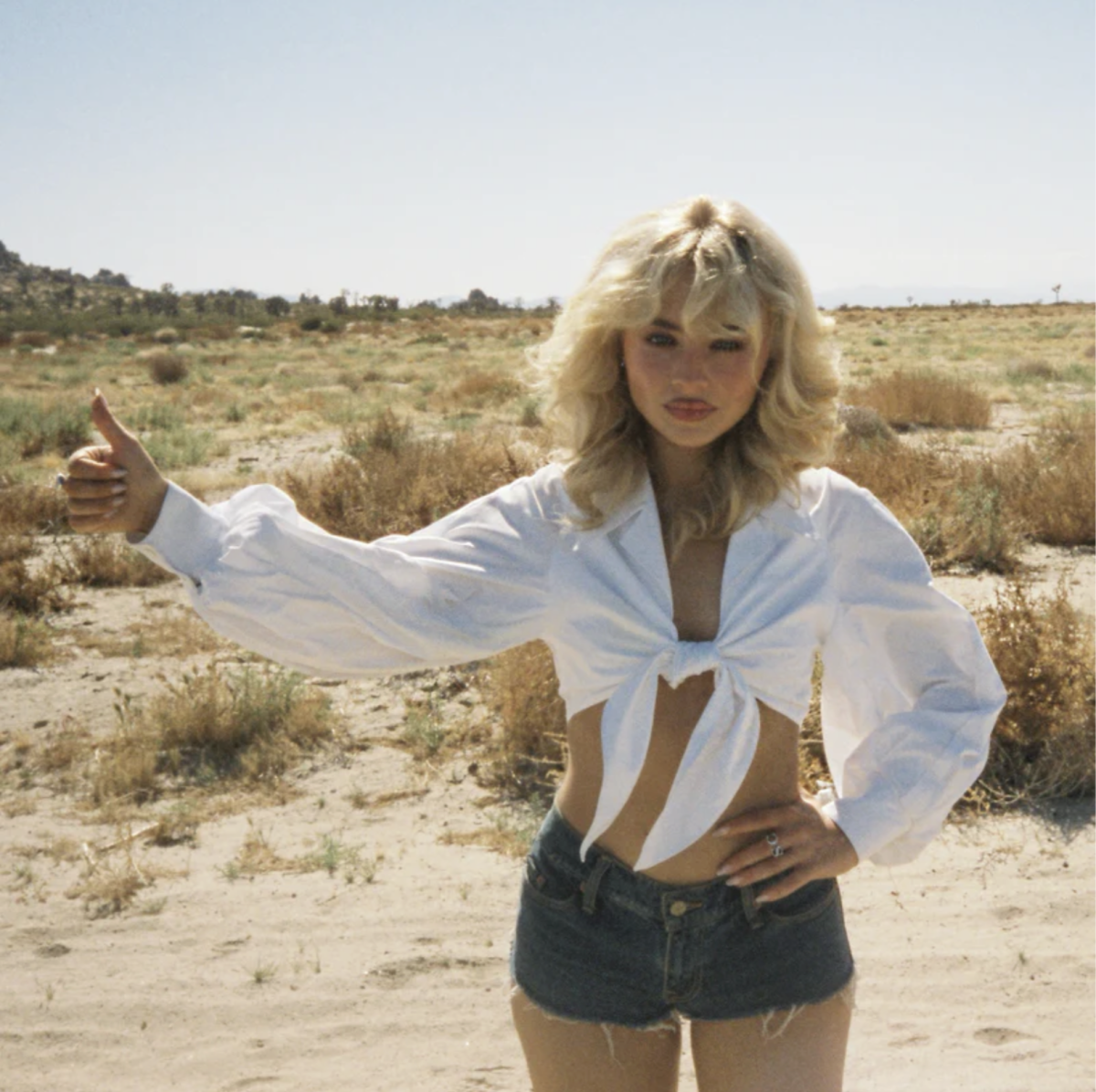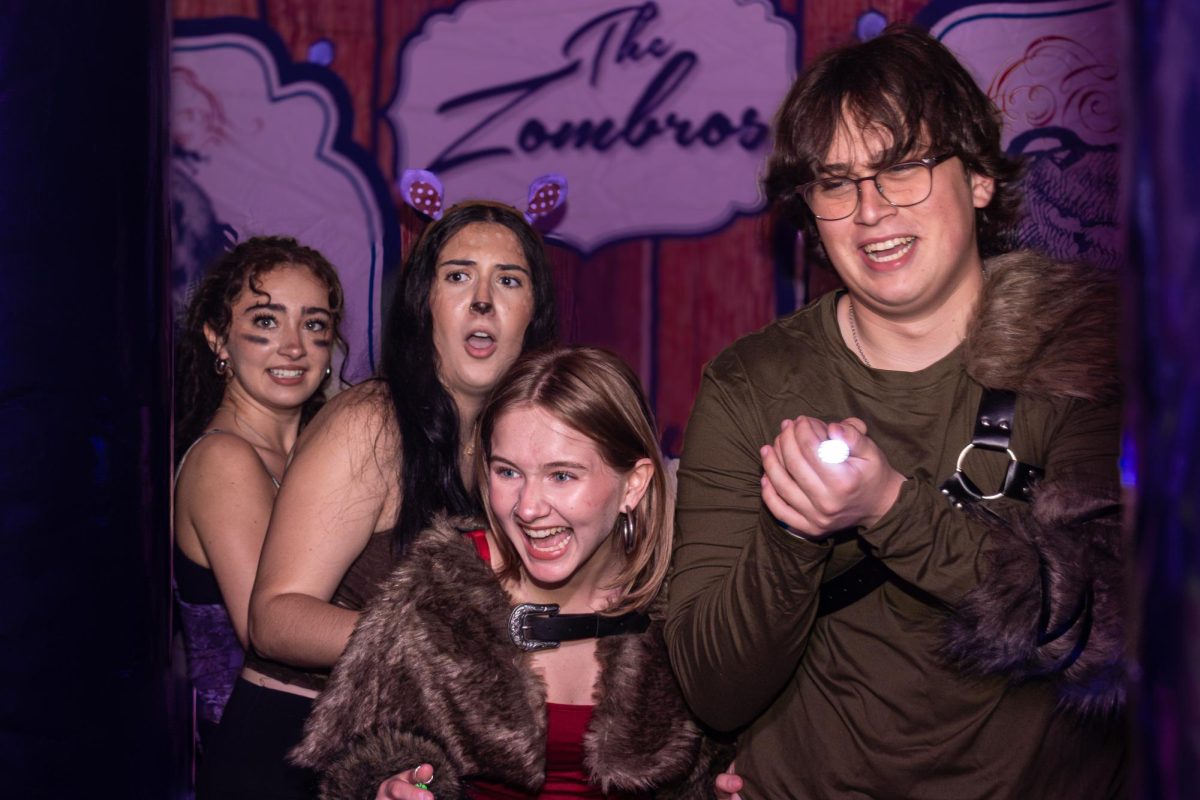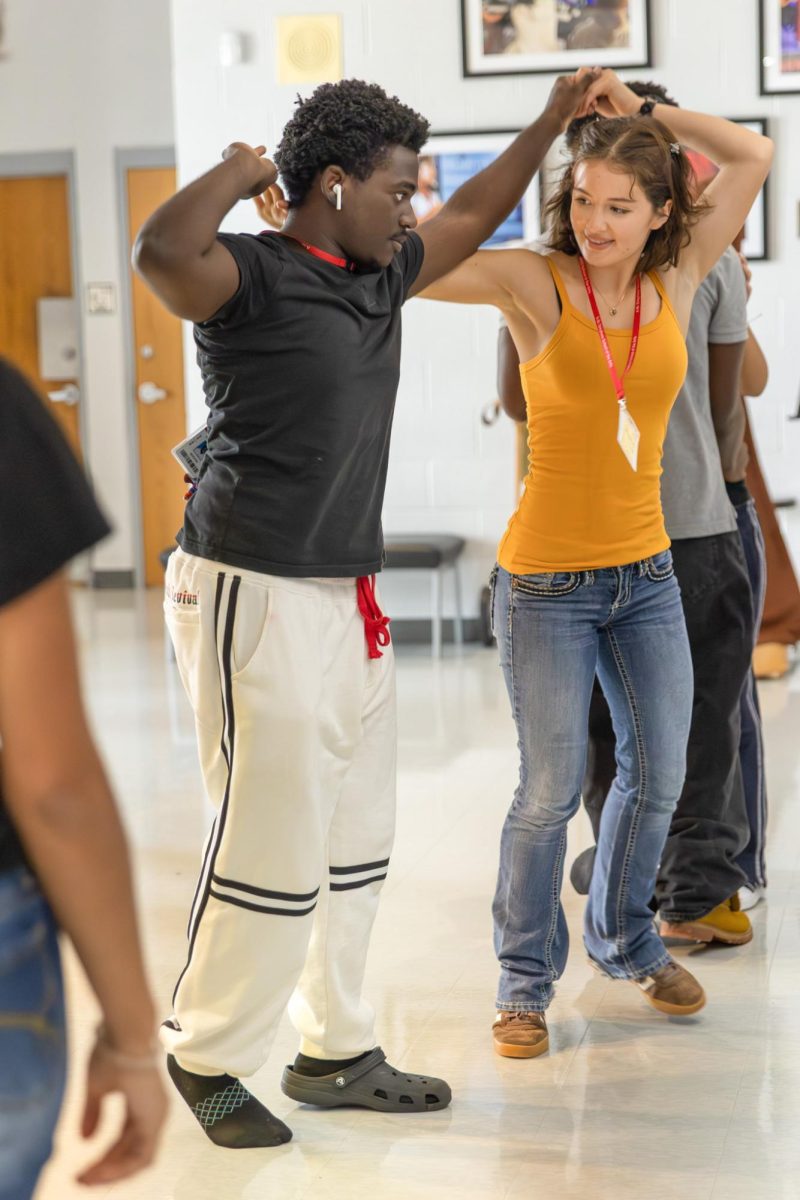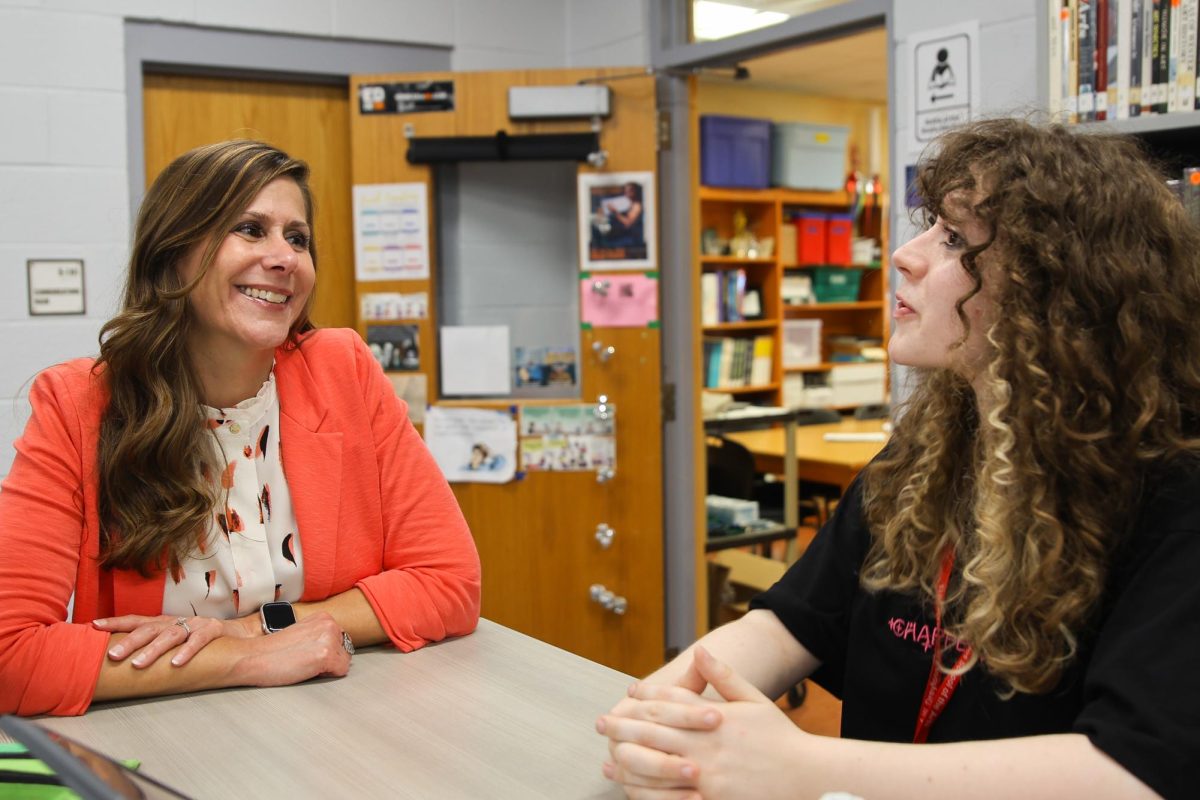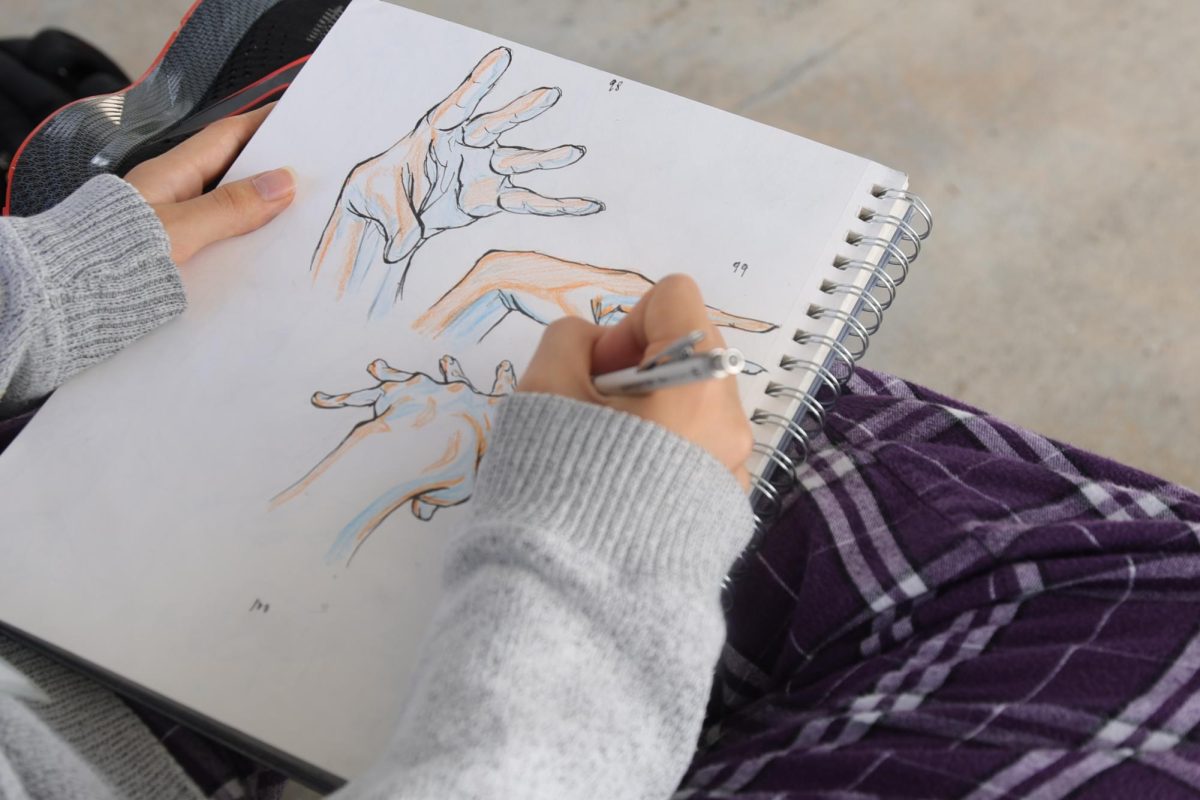Artificial Intelligence (AI) is increasingly becoming integrated into media, advancing in areas such as photo design, voice creation, and animation. As AI tools become more complex through full-scale AI-generated graphic designs and AI-animated videos, animators face an evolving industry.
Once dominated by hand-drawn art and frame-by-frame creation, animation is now seeing a new wave of AI-powered tools across the industry. These tools were utilized in Disney’s “Soul” (2020) and “Big Hero 6” (2016), using the movie’s visuals and reworking them digitally, helping to create intricate details and fluid animations.
Amidst this shift in the popularity of AI in animation, the school’s Figure Drawing and Animation Club holds club meetings centered around teaching and collaborating on hand-drawn animation.
“I’ve gotten a little scared,” Figure Drawing and Animation Club president and visual junior Regan McGinnis said. “I’ve seen clips that could contest with human-made work. Corporations might use AI to save money on tedious tasks, but (then) we lose the human touch.”
Communications senior Alexand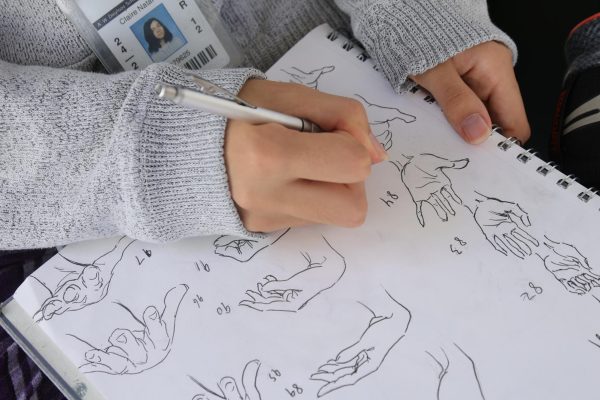 er Korff, who is proficient in the programs Blender, a 3D animation studio, and Adobe After Effects, a motion graphics studio, has been working in animation since his freshman year. He has created projects such as a former DSOA Today introduction video. Korff utilized Blender for the project without the use of AI tools.
er Korff, who is proficient in the programs Blender, a 3D animation studio, and Adobe After Effects, a motion graphics studio, has been working in animation since his freshman year. He has created projects such as a former DSOA Today introduction video. Korff utilized Blender for the project without the use of AI tools.
“The entirety of AI, you have to understand that the foundation of it is basically stealing other people’s work,” Korff said. “Let me be blunt — I hate it. All these generative models are made off of people who have actually made the art. All that’s spat out is the soulless combobulation of what it deems best.”
Al’s origins in the animation industry can be traced back to 1995 when Computer Generated Imagery (CGI) was used for the first entirely computer-animated feature film, Disney’s “Toy Story.” Since then, debates between fellow animators about AI’s usage in the industry have increased. Korff noted that although AI tools are “far from perfect,” their evolution could potentially threaten animators’ jobs. According to a study commissioned by the Animation Guild and conducted by CVL Economics, about 21.4% of film, television, and animation jobs (approximately 118,500 jobs) in the United States are likely to have a sufficient number of tasks affected to be either replaced or eliminated by generative AI by 2026.
“We have to answer the question: ‘One day, will this AI be able to iterate upon itself?’” Korff said. “If somehow, one day it’s able to produce truly original work, then people (animators) are going to be in danger.”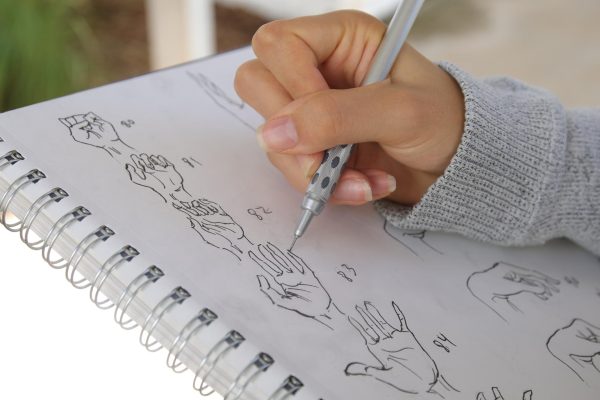
Those who are in favor of some uses of AI, such as visual arts junior Eric Jimenez, argue that it can speed up the process of weaving together animations, giving artists more time to focus on storytelling and creativity. Projects like Sony’s “Spider-Man: Across the Spider-Verse” (2023) used AI models based on the animators’ work to keep the artists’ style intact.
“AI is really useful but can definitely take over animators’ jobs,” Jimenez said. “Yet AI can also be used as a reference, such as figuring out an angle you want a character to be seen (through).”
However, considering the potential impact of AI on entire job industries, others, like Korff, believe integration is key to preventing a negative impact on the animation employment sector. Some factors though, like an absence of originality due to all AI work being based off of human work, still hold AI back in comparison to human work.
“I think it (AI) should be used for streamlining sedentary jobs, but the fact that it’s targeting the art industry is scary,” Korff said. “Anything that AI is used in could become (so) oversaturated that human work will be the most valuable in the future. That’s why I’m not too fearful of the art and the work I do (being replaced by AI). You can’t replace the indomitable human creativity.”

